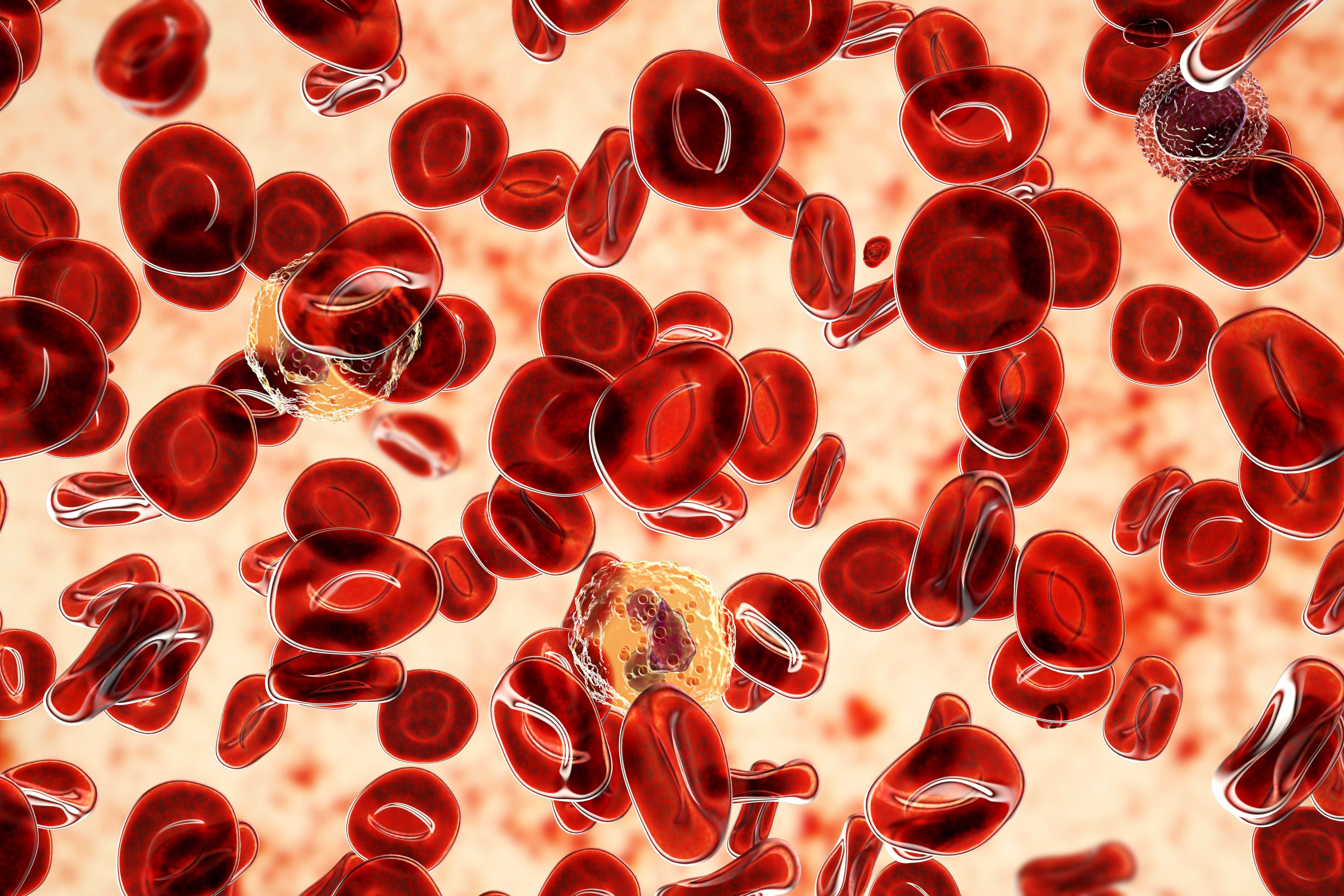Article
Vitamin D Deficiency Associated With Worse Hospital Outcomes in Pediatric Patients With Sickle Cell Disease
Author(s):
In children and adolescents with sickle cell disease, those who lacked ample vitamin D were hospitalized more often, had longer hospital stays, and made more frequent visits to the emergency department, according to study findings.
In children and adolescents with sickle cell disease (SCD), those who lacked ample vitamin D in their blood levels were hospitalized more often, had longer hospital stays, and made more frequent visits to the emergency department (ED), according to study findings published in the journal Blood Cells, Molecules, and Diseases.
Vitamin D is absorbed in 3 ways: through the skin, from your diet, and from supplements. Remaining vitamin D sufficient could prove difficult for children and adolescents, especially those who are African American, because their darker skin lessens their ability to produce it from the sun. Vitamin D deficiency has been linked with conditions such as rickets and osteomalacia, and it has been associated with increased chronic pain in pediatric patients with SCD, which also disproportionately affects African Americans.
The study authors sought to further examine the relationship between vitamin D deficiency and pediatric patients with SCD by analyzing hospitalization outcomes among these patients, for which no prior research had been conducted.
Researchers conducted a retrospective chart review of pediatric patients with SCD (n = 90; aged 1-21 years) in an urban-based hospital setting from January 2015 to January 2016. Patient hospitalization outcomes, defined as the number of ED visits, hospital admissions for pain crisis, and length of hospital stay, were compared between vitamin D deficiency (n = 61; <20 ng/mL) and sufficiency (n = 29; >20 ng/mL).
Based on the study cohort, vitamin D deficiency was more prominent in older pediatric patients than younger individuals, in which 86% of those who were deficient were aged 16 or older, while 74% of those who were not deficient were 5 years or younger. Among those with reported vitamin D deficiency, the researchers found significantly more pain crisis-associated hospitalizations than those with normal vitamin levels (0.93 vs 0.41). Additionally, average length of hospitalization (2.44 vs 1.10 days) and the number of ED visits (1.18 vs 0.59) were both significantly higher among those who were deficient.
In patients who had lower vitamin D levels, without reaching deficient status, significant correlations were also found with more hospitalizations, longer hospital stays, and more ED visits, suggesting the role of vitamin D in hospital outcomes for patients with SCD.
The investigators noted that further research is warranted to assess whether correcting vitamin D levels may improve hospitalization outcomes among adolescents and children with SCD.
“Screening and treatment for vitamin D deficiency is generally cost-effective and readily available, potentially having a significant impact on the quality of life for those living with SCD,” said the study authors.
Reference
Brown B, Long K, Agdere L, et al. The association between vitamin D deficiency and hospitalization outcomes in pediatric patients with sickle cell disease [published online February 15, 2020]. Blood Cells Mol Dis. doi: 10.1016/j.bcmd.2020.102415.





